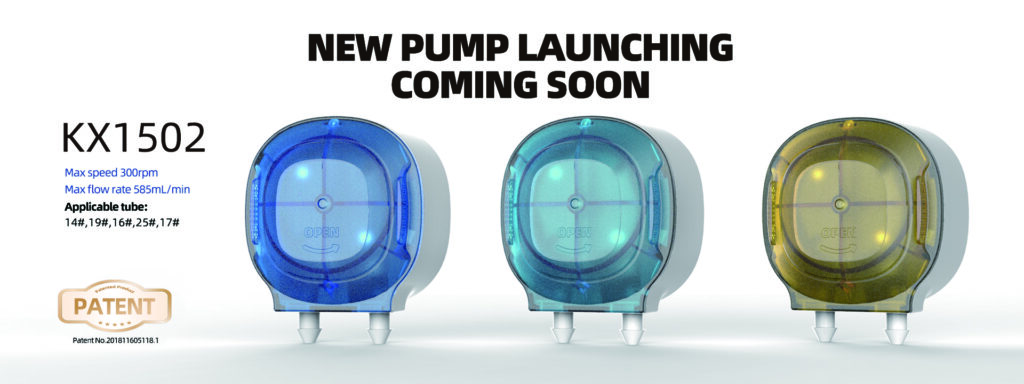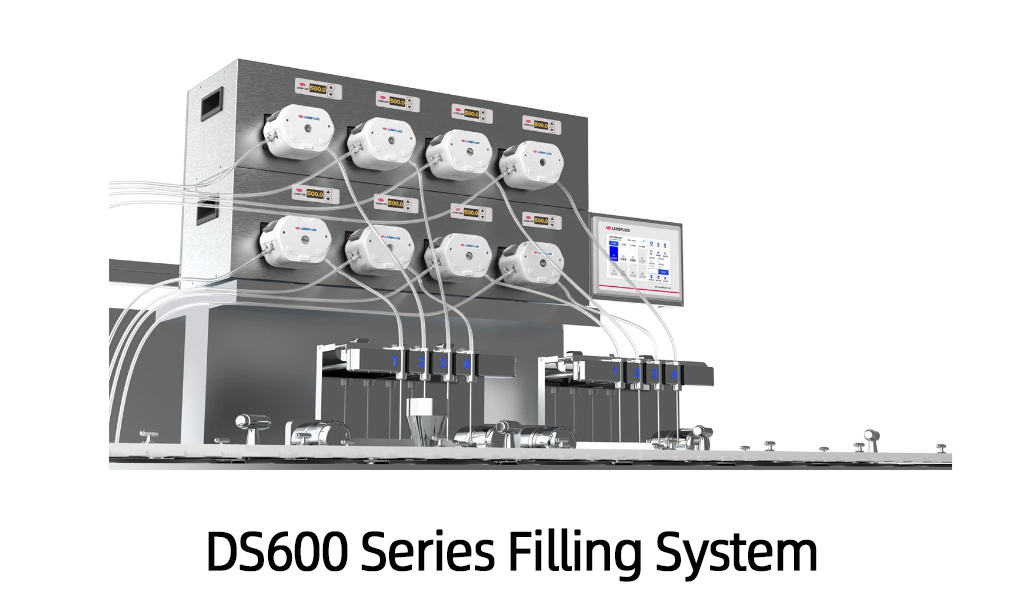In the world of precise fluid transfer and metering, peristaltic pumps stand out for their contamination-free operation and ease of maintenance. They are widely used in biopharmaceuticals, food and beverage, environmental monitoring, and fine chemical industries. However, when selecting and using these pumps, users’ primary concern is often their accuracy and repeatability. This article explores the key factors influencing the accuracy of peristaltic pumps and explains how to achieve and maintain optimal performance.
Defining Accuracy: Precision and Repeatability
First, it is essential to clarify two concepts:
Accuracy: Refers to how closely the pump’s actual flow rate matches the set flow rate. It reflects the systematic error of the system.
Repeatability: Refers to the consistency of the pump in delivering the same volume of fluid multiple times under identical conditions. It reflects the random error of the system.
In many high-demand experiments, excellent repeatability is even more critical than absolute accuracy, as it ensures the comparability and reliability of experimental processes.
Core Factors Influencing Accuracy
The accuracy of a peristaltic pump is not determined by a single component but rather by the combined effects of the pump head, tubing, driver, and fluid properties.
1. Tubing: The Lifeline of Accuracy
Material and Elasticity: The tubing’s elastic modulus determines its rebound performance. Materials with high elasticity and fatigue resistance (e.g., high-purity silicone, Norprene, PharMed BPT) ensure quick recovery after each compression, enabling stable fluid delivery and longer lifespan.
Wall Thickness Uniformity: Minor deviations in the tubing’s inner diameter can significantly affect flow rates due to the amplification effect of peristaltic pumps. Tubing with smooth inner walls and extremely high dimensional precision is essential for high accuracy.
Lifespan and Fatigue: Over time, repeated compression causes permanent deformation (creep), inner wall wear, or reduced elasticity, leading to gradual flow decay and diminished accuracy. Regular tubing replacement is necessary to maintain precision.
2.Pump Head and Roller Design: The Art of Compression
Number of Rollers: A higher number of rollers creates a more continuous fluid seal and reduces pulsation, while also minimizing tubing deformation at the “occlusion point,” resulting in smoother flow and higher accuracy. For example, a 10-roller pump head typically offers greater accuracy than a 2-roller design.
Mechanical Precision: The concentricity between the rollers and pump housing, as well as the transmission gap in the gearbox, directly affects compression stability and consistency. Precise mechanical construction is the foundation of high repeatability.
Pressure Block/Gap Adjustment: Optimal compression ensures a seal without over-squeezing the tubing. Insufficient pressure causes backflow or insufficient flow, while excessive pressure accelerates tubing wear and reduces accuracy and lifespan. Pump heads with finely adjustable pressure gaps are better suited for tubing of varying wall thicknesses.
3.Driver and Control Technology
Motor Type: High-performance stepper or servo motors provide precise angle control and more stable rotational speeds, especially at low speeds, effectively overcoming potential “stuttering” or speed fluctuations common in traditional DC motors.
Control Algorithms: Advanced microprocessors and control algorithms enable smooth management of motor start-stop, acceleration, and deceleration, reducing overshoot caused by fluid inertia and thereby improving dispensing volume accuracy.
4.Fluid Properties and Operating Environment
Fluid Viscosity: Poor flowability of high-viscosity fluids due to internal resistance can result in actual flow rates being lower than calibrated values for pure water. Actual calibration is essential for viscous fluids.
Backpressure: Resistance at the system outlet (e.g., long pipelines, high liquid levels, clogged filters) increases backpressure, potentially preventing the tubing from fully rebounding and causing flow reduction or even backflow.
Ambient Temperature: Temperature variations affect tubing elasticity and fluid viscosity, indirectly impacting delivery accuracy.
How to Achieve and Maintain High Accuracy
Correct Selection: Choose tubing materials compatible with fluid properties (corrosiveness, viscosity, solid content) and select a pump head with an appropriate number of rollers based on accuracy and pulsation requirements.
Precise Calibration: Calibrate the pump using the actual fluid to be transferred, under real operating temperatures and system backpressure conditions, using a precision balance or graduated cylinder. Establish a correlation between set speed and actual flow rate. Never rely solely on pure water calibration data.
Standardized Operation and Maintenance: Ensure proper tubing installation and adjust the pressure gap to recommended values. Maintain records of tubing usage time and replace tubing regularly to prevent issues. Keep the system clean to avoid abnormal backpressure caused by clogged lines.
Conclusion
The accuracy of a peristaltic pump is a dynamic, comprehensive metric that relies on the harmonious integration of the entire system: pump head, tubing, fluid, and drive. Understanding the interactions between these factors and managing them through scientific selection, calibration, and maintenance is fundamental to unlocking the high-precision potential of peristaltic pumps and ensuring the reliability of experimental and production data. In modern laboratories and industrial processes, a well-configured and maintained peristaltic pump can fully meet the demands of most critical precision fluid handling tasks.


